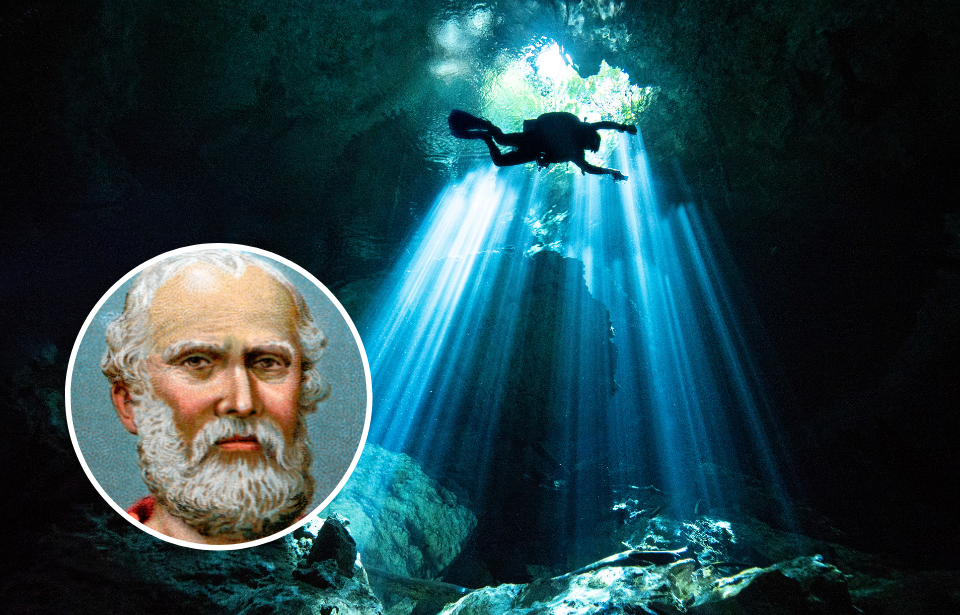When Plato described what happened to the city of Atlantis, he said its citizens had ventured beyond their islands to try and conquer other territories. Their greed for expansion was halted by the Athenians, and they were not only punished by defeat but were also punished by the gods. The city was sent to the bottom of the sea as a result of their actions. Many have searched for clues to the city’s location, but the lack of concrete evidence makes some believe Plato had other motives for telling the story of the city. Here are some facts about the legend of the mystical lost city of Atlantis.
Atlantis was built by Poseidon as an act of love
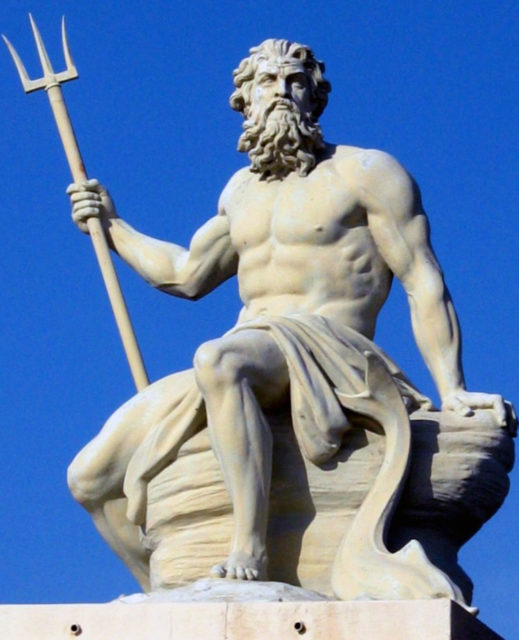
Plato’s writings of the lost city of Atlantis are the only known records of the city’s existence from the ancient world. He said that the city existed 9,000 years before him. He wrote his account in 360 BCE. According to Plato, Atlantis was built by the god Poseidon after he fell in love with a mortal woman named Cleito.
Poseidon built the city of Atlantis on an isolated island to keep Cleito safe. They had five sets of twin sons and their eldest son, Atlas, became the first ruler of Atlantis.
Their children built a statue of gold
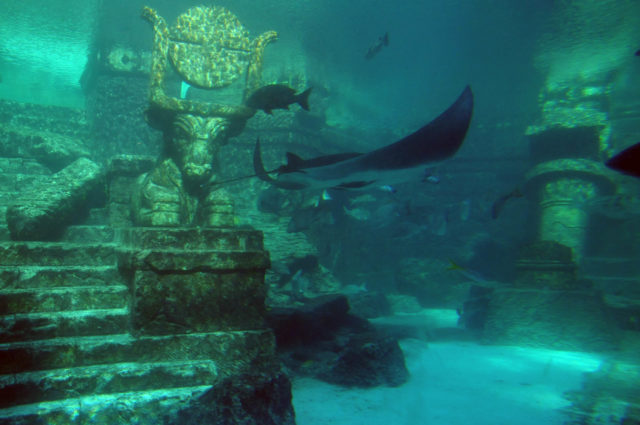
Poseidon built a palace on top of a hill in Atlantis for Cleito. He feared that she would become unfaithful and confined her to this palace, surrounding it with water. The majestic palace would eventually become where Atlas would live as ruler of Atlantis. The sons of Poseidon and Cleito are said to have built a massive temple in honor of their father.
Inside the temple, a statue of Poseidon in a chariot, pulled by winged horses, was erected. This statue was made of solid gold and was placed in the center of the temple. To accommodate the size of the statue, the temple’s roof had a spiral that was rumored to have been built so tall that clouds could pass through it.
The people of Atlantis became corrupt
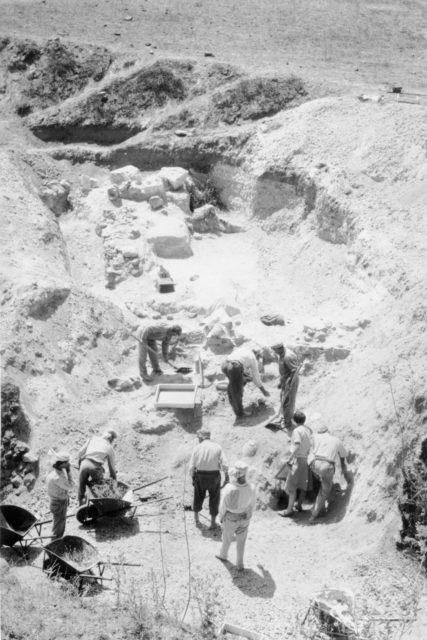
The people of Atlantis were said to be highly advanced, living on an island that was rich in natural resources. This, along with their advanced irrigation systems that spanned the city, allowed them to be self-sufficient. They did not need trade routes with neighboring cities as they had everything they needed for survival at their disposal. It was a utopia.
Unfortunately, the people of Atlantis became greedy and corrupt. They had lost their values and tried to expand their utopia beyond their islands. Their selfish behavior upset the gods, who then punished the people of Atlantis with devastating natural disasters that sent the city to its watery grave.
There are multiple theories as to where the city is located
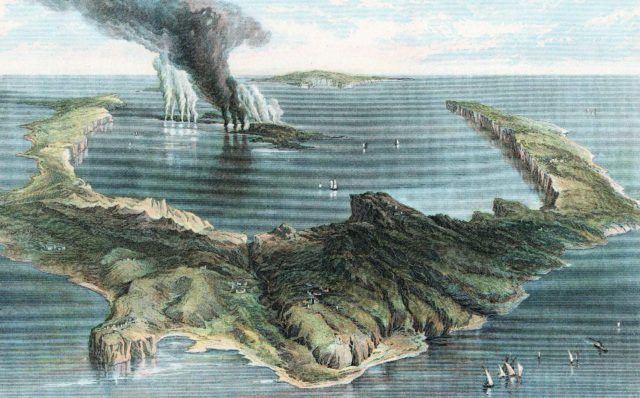
Many scientists and theorists have tried to determine where Atlantis may be located if it really existed. People have pointed to the Atlantic Ocean, the Mediterranean Sea, and even Antarctica. A popular belief is that the city sank into the water in Cadiz, located between Spain and Morocco.
There was a volcanic eruption that decimated the island of Santorini some 3,600 years ago. Some believe that the area may have been home to Atlantis, but the timelines of the city’s supposed existence and the time in which the volcano erupted do not coincide. Instead, the Minoan civilization is believed to have been wiped out as a result of the volcanic eruption.
Without any hard evidence of the city’s existence, it is just about impossible to pinpoint where it might have been located.
The story of Atlantis aligned with Plato’s teachings
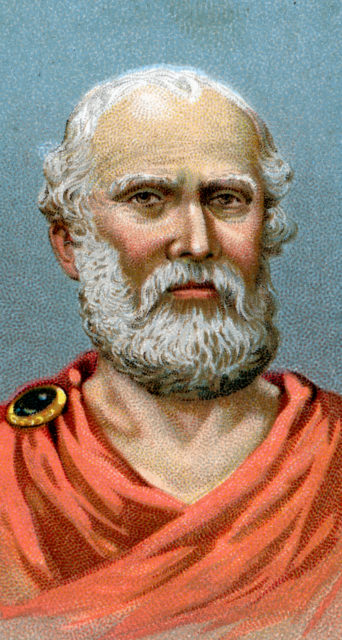
With no real indication that the city of Atlantis existed, many believe that it was made up by Plato to serve as an example of some of the themes he taught. The history of Atlantis discusses divine versus human nature, human society and its corruption, and the concept of a utopia. These all conveniently coincide with Plato’s philosophies.
More from us: Derwent Island House: The English Manor That Only Welcomes Guests Five Days a Year
The utopian society of Atlantis helped to contextualize the way Plato attempted to describe humans’ ability to strive for perfection while also simultaneously becoming morally bankrupt. The themes found in the story of Atlantis, coupled with a lack of evidence suggesting that the city was really there, have caused many to believe the lost city never existed.
